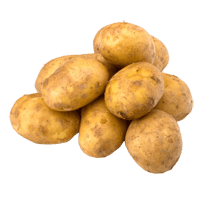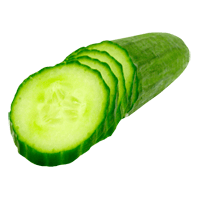Cassava Glycemic Index (GI) - Is It High or Low?
Cassava, manioc, or yuba is a tuberous root high in starch. This starch content makes the glycemic index of cassava high.
Based on the numbers from The International Tables of Glycemic Index Values, cassava, peeled, boiled, frozen, thawed, and then reheated, has a glycemic index falling in the range of 94±11 (1).
At the same time, boiled cassava from Kenya with salt has a glycemic index of 46 (1). Based on this, we can conclude that the glycemic index of cassava can significantly vary depending on its variety and growing conditions.
The British Journal of Nutrition has also calculated the glycemic index of cassava to be 94±11 (2). Another study concluded that cassava has a GI of 74 (3).
Cassava also has a high glycemic load of 37 (3), raising blood glucose levels quickly.
Conversely, cassava flour has been researched to be a healthier alternative to wheat flour, for people with diabetes, due to its high fiber and low-fat content (4).
Opinions about whether or not cassava is diabetes-inducing differ. One research study shows that the cassava diet, due to its cyanide content, is “diabetes-aggravating” (5), while another study finds that cassava consumption does not lead to diabetes or chronic pancreatitis (6).
Overall, cassava has a high glycemic index and a high glycemic load. It is advised that people with diabetes consume cassava in moderation.



